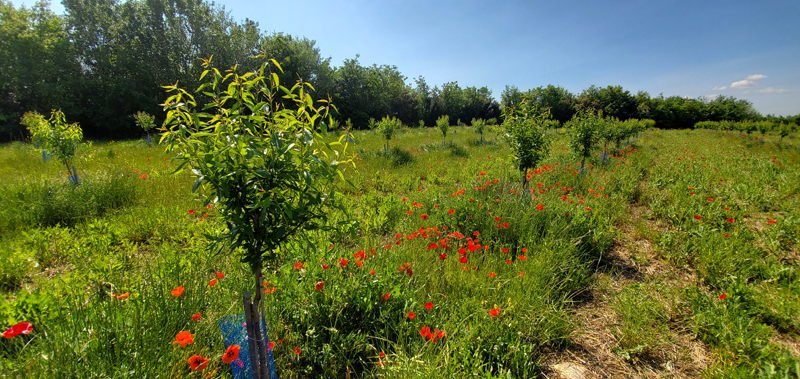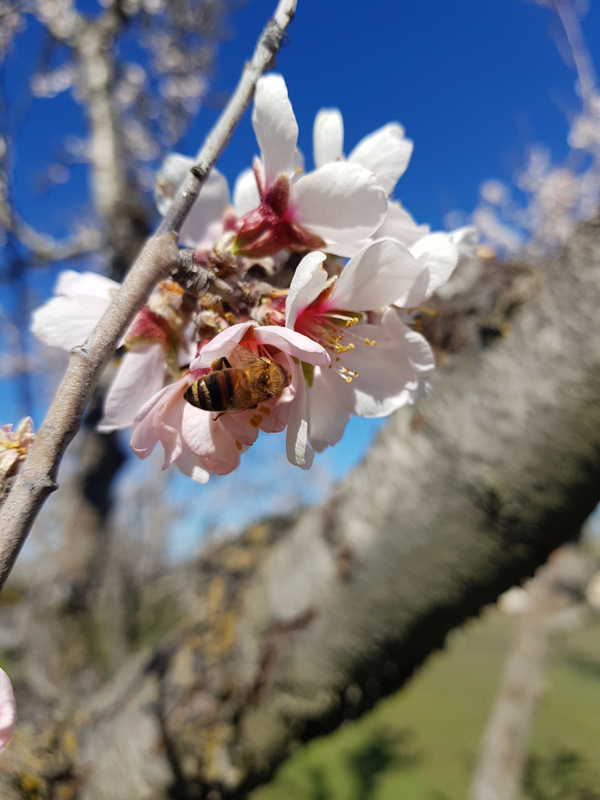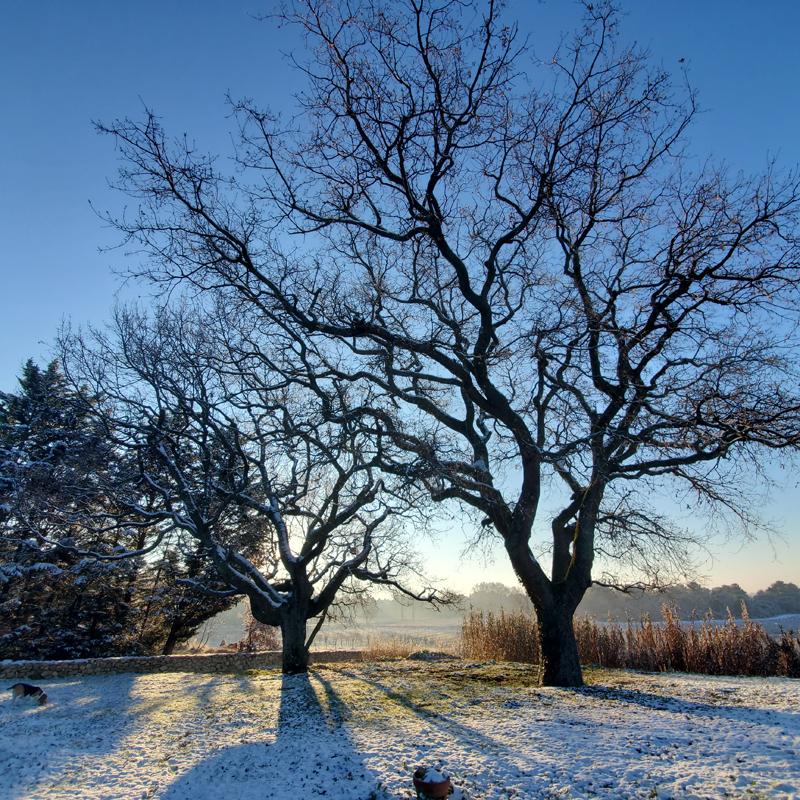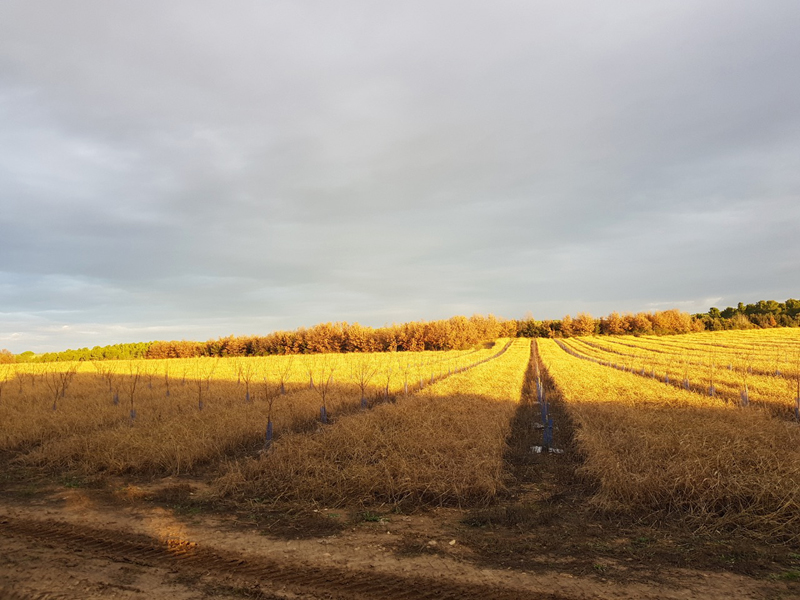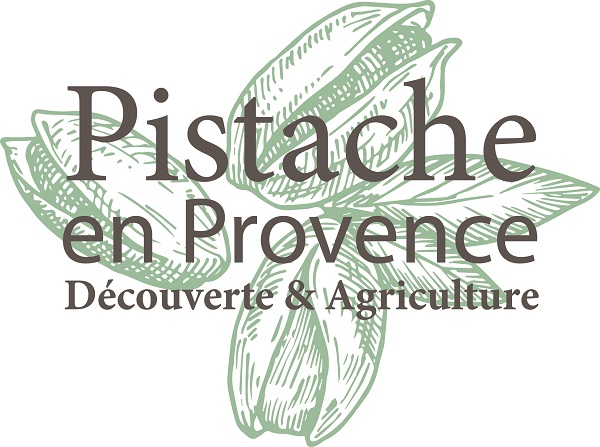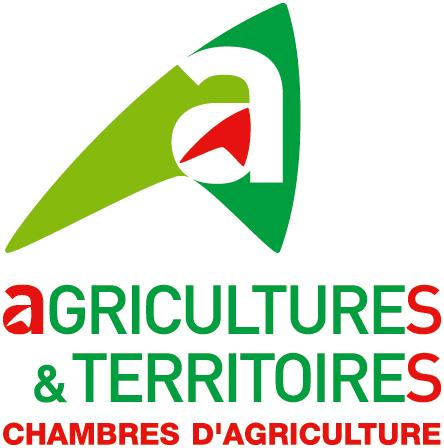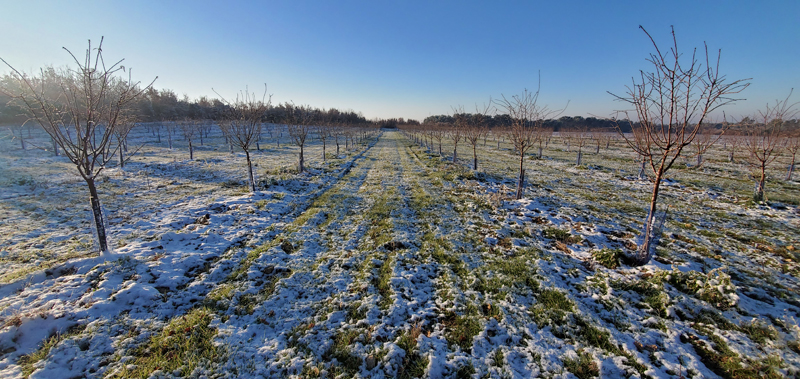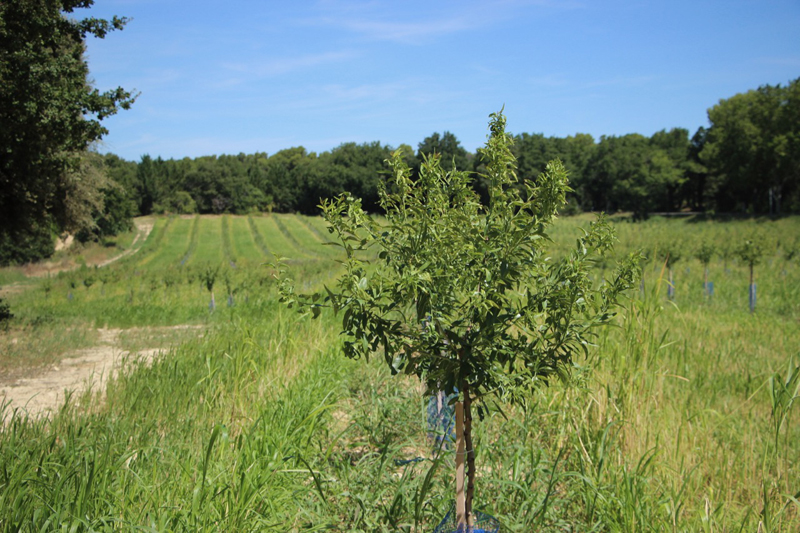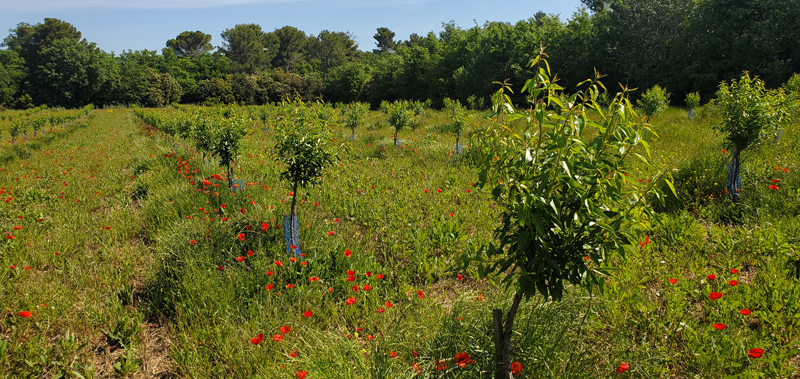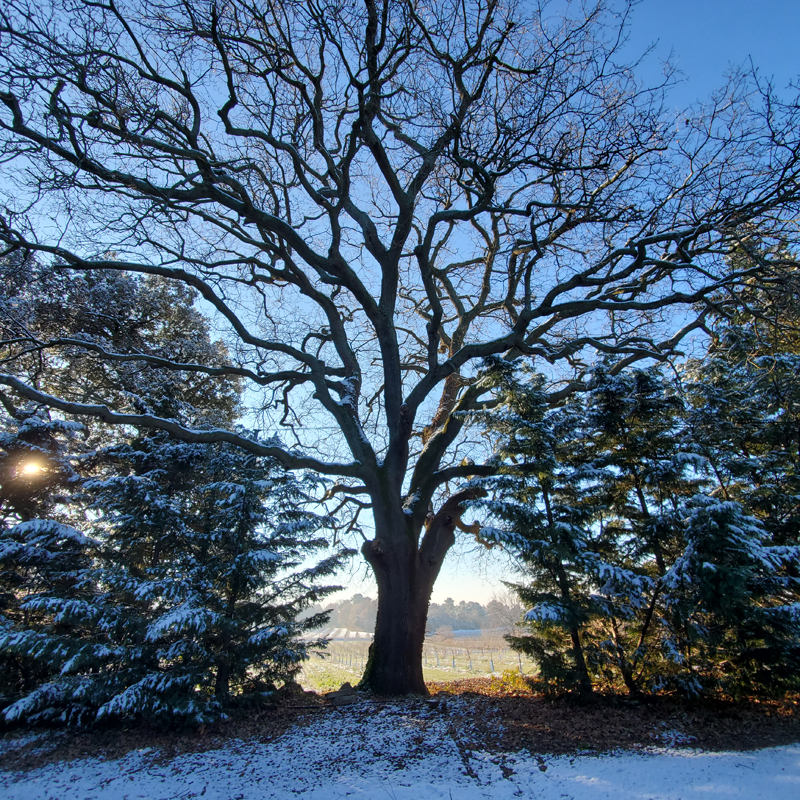The issue in France
The impoverishment of agricultural land in France is a reality that has become both undeniable and unavoidable. The decline in soil fertility, the result of decades of an intensive agricultural model implemented during the post-war years, has also resulted in the rapid disappearance of biodiversity and wooded landscapes. In addition to this worrying situation, there is a growing demand from industrialists and consumers for a French organic dried fruit production, in opposition to an almond mainly from the United States, which is not very respectful of the environment and biodiversity, and which was at the origin of the disappearance of our national production during the 70’s (growth of the American production combined with the suppression of taxes on imports).
